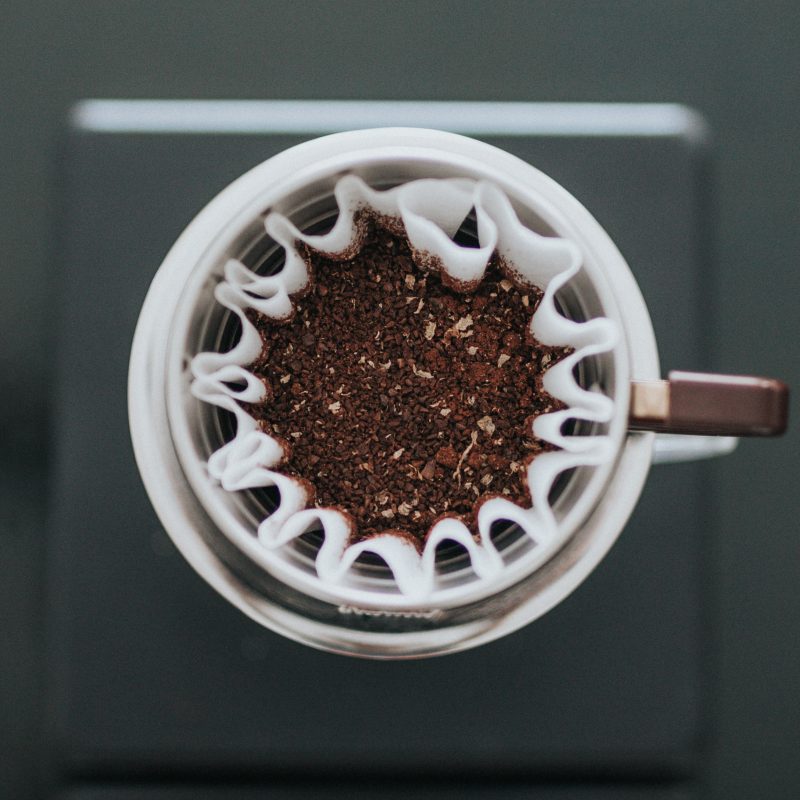News
How to grind the perfect coffee – every time
How to grind coffee? We get asked this question all the time.
For you to grind the perfect coffee, first, let’s tell you why we grind coffee. Roasted coffee beans are like chocolates with gooey flavoured centres. The only way to access the gooey flavour is to bite through the chocolate walls and let the flavour come bursting out. Now, replace biting through the chocolate walls with grinding through the walls of the bean to reach the flavoured centre. Grinding is all about breaking the coffee down to allow its flavour to pour right into your cup. Now, what are the key components of grinding coffee?
1. Grind coffee on demand
The best way to grind your coffee is to grind it on demand. By this, we mean to grind your coffee only as you need it. Although this might seem arduous at first, especially if you’re the type of person who barely has a spare 5 minutes in the morning, we promise there are good reasons for it. Research suggests that coffee loses up to 60% of its aroma within 15 minutes of being ground. And aroma is a huge contributor to the flavour of coffee. Perhaps you’ve noticed at your local café before, that your barista only grinds your coffee as you order. This is because they’re trying to keep as much aroma as possible in your cup. Not everybody owns a grinder, so if you don’t and you insist on buying pre-ground coffee, then at the very least buy your roasted coffee from a company who you know only grinds it right before they send it to you (we can do this for you). Try to avoid buying ground coffee that’s been sitting around on a shelf for months or even years.
2. Grind your coffee, don’t chop it
An uneven grind size directly leads to an uneven extraction. This is one of the most common mistakes we see when people grind coffee at home. The amount of home brewers that try and do the right thing by ‘grinding their coffee on demand’, but end up with an even worse result than buying pre-ground coffee, is heartbreaking. And it’s all due to one reason. The ‘coffee grinder’ they’ve purchased is not a coffee grinder at all. The most common ‘coffee grinder’ we see purchased that’s not actually a coffee grinder is one of those multi-purpose grinders. You know the ones that advertise, that they can grind nuts, herbs and coffee. Well, frankly, they can’t. They might be suitable for nuts and herbs, but definitely not for coffee. The reason why is because they function on a blade system, similar to a blender or a Nutribullet – all blade systems. The problem with coffee and blade system devices is that they chop the coffee instead of grinding it. Think of a time you’ve made a smoothie and put ice into a blender. If you’ve paid attention you would know that the ice gets pushed around aggressively and ends up in all uneven sizes – some small and some big. Well, the same thing happens to coffee when its chopped up like this. However, unlike with ice, where the unevenness doesn’t change the flavour of your smoothie, uneven coffee grind will destroy the flavour of coffee, as it makes it impossible to achieve an even extraction. So, if you are going to grind your own coffee, ensure that you purchase a grinder with burrs and not blades. An actual coffee grinder will ensure that it grinds your coffee into even particle sizes making your coffee taste way better.
3. Use the right grind type for your brew
There are many different ways to brew coffee, such as plunger, pour over, stovetop, espresso, aeropress and so on. Each brew method requires a different grind type, that is, grind particle size. Some brew methods, like the plunger, prefer a courser (bigger) particle size, whereas, other brew methods, like espresso, prefer a finer (smaller) particle size. The main reason brew methods require their own unique particle size is because of the desired coffee-to-water contact time and flow rate for each brew. The grind particle size is directly linked with this. This is because the finer coffee is ground, the more surface area there is. Equally, the courser coffee is ground, the smaller the surface area. If the coffee-to-water contact time is too long and the flow rate is too slow, it may lead to an over-extracted brew, which will result in harsh, bitter flavours. Whereas, if the contact time is too short and the flow rate is too fast, it may lead to an under-extracted brew, which will result in weak, underdeveloped flavours. It is really important that you ensure you use the right type of grinder and that you grind coffee to its desired particle size. Doing this will give you the best result.

